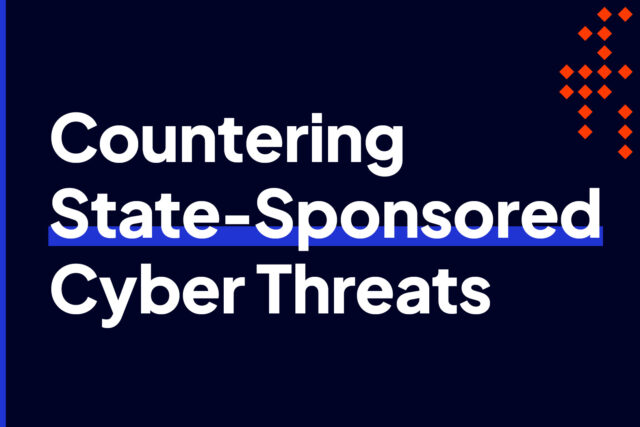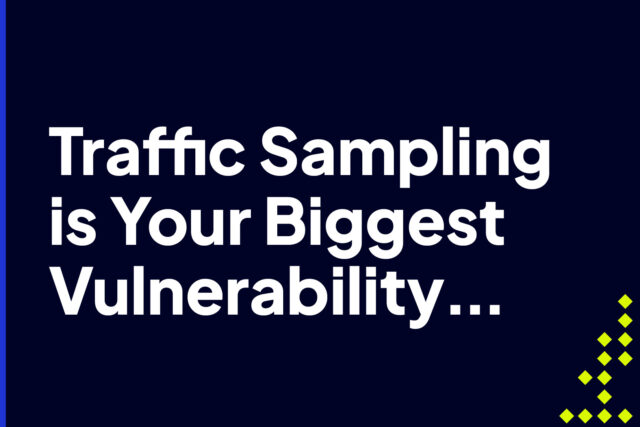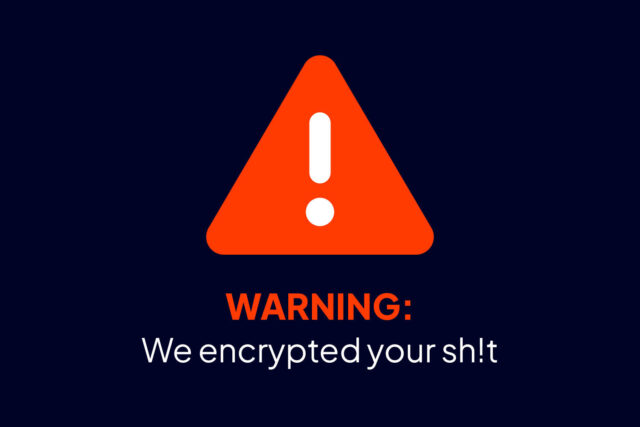
Level Up Your Cybersecurity: 5 Tips for SMBs
Small and medium-sized businesses (SMBs) are now at least 3x more likely to be hit by certain cyber attacks than their larger counterparts. This finding, which was part of a report published just last year, highlights the need for SMBs to improve their security posture. You’ll learn some tips for doing just that in this post.
To clarify, this blog post isn’t for SMBs that have not yet embarked on any cybersecurity initiative. If you’re a newly established SMB looking for your first cybersecurity solution, I encourage you to click the chat button at the lower-right corner of the screen. Our representatives will be happy to help you out.
For those who have taken initial steps in securing their IT infrastructure but want to know how to bolster their defenses, this post is for you.
Factors preventing SMBs from improving security posture
I know it’s not easy to improve your cybersecurity if you’re an SMB. First off, your purchasing power might be limited by financial constraints. Most SMBs have limited budgets and cybersecurity solutions aren’t cheap. Of course, if you consider the potential financial repercussions of NOT investing in cybersecurity, those solutions aren’t going to be as expensive as they initially appear. But that’s a discussion for another day.
Second, you might lack the technical know-how to improve your current cybersecurity infrastructure. Most improvements are technical in nature. Unfortunately, most SMBs don’t have a dedicated IT team, let alone cybersecurity experts who can take charge of bolstering cyber defenses.
Last but not the least, even if you had the budget to hire a cybersecurity person or personnel, individuals with that kind of expertise are currently hard to find. The ongoing cybersecurity skills gap, which left 3.5 million cybersecurity positions unfilled last year, will make it almost impossible for SMBs to compete with large enterprises in hiring good cybersecurity talent.
Why threat actors attack SMBs
We already know about the increased likelihood of SMBs getting attacked, but why are threat actors training their sights on SMBs?
It’s all about getting quick wins. Threat actors are aware of the security limitations of most SMBs. They know that if they attack one, they’ll encounter much less resistance than if they targeted a large enterprise with a sizable security budget. Their winnings will certainly turn out smaller. However, if these threat actors could replicate the same attacks on multiple SMBs, they could still achieve a good ROI.
Another reason is that some SMBs do business with large enterprises. Some of these engagements (e.g., managed services, software development, small hardware components supply) provide a pathway for threat actors into a large enterprise’s IT infrastructure.
This then paves the way for what is known as a supply chain attack wherein threat actors attack a supplier or service provider in order to get to their actual target. Since a large enterprise would have stronger cyber defenses, their smaller business associates would provide a path of least resistance.
How to strengthen your cybersecurity posture
Alright, so how do you strengthen your security posture with a limited budget and an undermanned or non-existent IT team? Here are 5 tips you can use.
1. Improve security awareness
As they say, humans are the weakest link in your cybersecurity ecosystem. According to the Verizon 2022 Data Breach Investigations Report, the human element is still a key driver of 82% of breaches. As such, many threat actors are going to target your users to circumvent your cyber defenses. While you can’t rely on users to defend your IT environment, you can at least make them less susceptible to getting exploited.
To do that, you must educate and train your users in basic cyber hygiene. Teach them about the importance of using strong passwords, not clicking suspicious links, and so on. If you don’t have anyone in-house who can conduct security awareness education/training, hire a third party to do it for you. By improving security awareness in your organization, you can make it difficult for threat actors to circumvent your existing defenses.
2. Keep your anti-malware solution updated
I’m assuming you already have an anti-malware solution deployed in your IT environment. If you don’t have one yet, get one now! If you do, make sure the database of that malware solution is always up-to-date. Over 450,000 new malware are released every day. So if your malware solution is outdated, it’s just giving you a false sense of security.
Most SMBs don’t have dedicated security staff who can track anti-malware updates. So, ideally, you should get a solution that updates its database automatically. This will ensure your anti-malware solution can defend your environment against even new threats.
3. Conduct a threat assessment
Whether you like it or not, improving your security posture will entail additional security solutions. But with your limited budget, you have to be really strategic in building your cyber defenses. You should identify what to protect and prioritize high-value assets with the highest likelihood of getting attacked. At the same time, you should focus on beefing up defenses against cyber threats that can have the greatest impact to your IT infrastructure.
For instance, if you don’t have any public-facing website and all of your high-value assets are in your internal network, you probably shouldn’t worry as much about DDoS attacks as you should about, say, malware attacks. You can identify where your biggest risks and threats lie through a threat assessment. Again, if you don’t have this capability in-house, you can hire a third party to conduct the assessment for you.
4. Avoid security tools that only inundate you with alerts
Many security alerts require a corresponding response. If you’re a small business, who’s going to do that? Who’s going to analyze a set of alerts and carry out an appropriate response? If you’re planning on assigning that task to your ad-hoc “IT guy”, please don’t. Many of these alerts are false positives.
So, if you attempt to handle these alerts without the requisite expertise, you’re just going to be wasting a lot of precious time and resources without even mitigating a single threat. Security tools that generate a ton of alerts are meant for large organizations with a team of threat analysts. And even in those organizations, false positive alerts can cause a lot of issues. How much more for a small business.
It’s much better to focus on tools that just automatically block threats without bothering you with alerts. That way, you can go about with your business while the security tool does its job.
5. Leverage AI-powered security tools
As mentioned earlier, the lack of in-house cybersecurity talent is one of your biggest obstacles in improving your security posture. While that certainly is a big problem, it’s not as insurmountable now as it was before. Today, you have tools that are powered by artificial intelligence (AI).
For instance, you may be wondering, how can a security solution that automatically blocks threats without sending alerts identify a real threat from a legitimate business process? With the level of sophistication in today’s networks, that task is certainly not as easy as it sounds. However, if the solution is powered by AI and takes into account reputational, historical, and behavioral data, those defensive actions are possible.
By leveraging AI-powered security solutions that can perform security tasks autonomously, you can minimize the need to hire additional IT or security staff.
Final words
Strengthening your cybersecurity posture as an SMB is not easy. There are formidable challenges along the way. However, with the right approach, you can improve that posture without putting a strain on your finances and your “IT team”.

